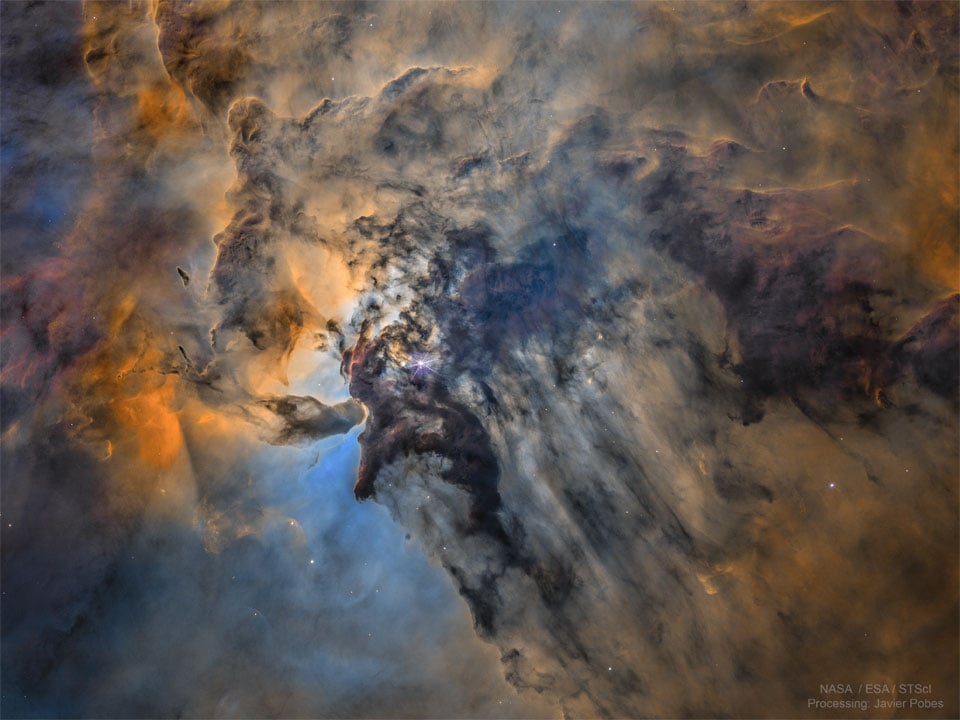1175
Plasma falling to the surface of the sun.
(i.imgur.com)
You can find the original sidebar contents below:
 The Busy Center of the Lagoon Nebula
The Busy Center of the Lagoon Nebula
🔭 Science
🚀 Engineering
🌌 Art and Photography
Other Cool Links
So dumb question, but what’s causing the gap between the plasma cloud(?) and the surface? And is that gap filled with something that is invisible?
Plasma is electrically charged, so it interacts with magnetic lines.
The sun has magnetic field lines just as the earth does. It also rotates. But- since it's not solid, it doesn't have to rotate all at the same speed. The plasma in fast-rotating regions drags the field lines further than the plasma in slow rotating areas, creating weird loops, breaks and reconnections in the field lines. I'm almost certain that what we're seeing in this lovely bit of photography is a cloud of plasma travelling across, or trapped by one of those rogue field lines which has been pushed upwards from the surface by differential rotation.
That’s fascinating. Thank you for sharing!
Nuh-uh, come on, that can't be real. So cool.
Even cooler: solar flares and mass ejections come about when one of the lines snaps like a whip and hurls billions of tonnes of plasma into space. Search: solar magnetic reconnection.
I see words in this thread but don’t understand, but are you saying here that those streams / clouds are taught? In order to be snapped.
Yes, the material the streams are made of is magnetic, and there is a strong and unusual magnetic field around the sun. So those streams are trapped by magnetism.
The dynamics there due to sheer gravity, magnetism and levels of energy/radiation that are utterly alien to our daily experience.
I get some of the basic underlying mechanics, but I absolutely cannot comprehend it. Incredible.
A guess: doubly ionized helium vs. singly ionized helium. They absorb different amounts of radiation (have different opacity). At high opacity it gathers heat and subsequently expands. At low opacity it lets the heat pass through, subsequently cools and condenses.
(This is the mechanism that makes Cepheid stars regularly and predictably change intensity. The same mechanism is probably present in other stars too, and causes local processes that we cannot observe from another star system... but can observe in the Sun.)
Alternatively, there could be a multitude of other effects doing something similar.